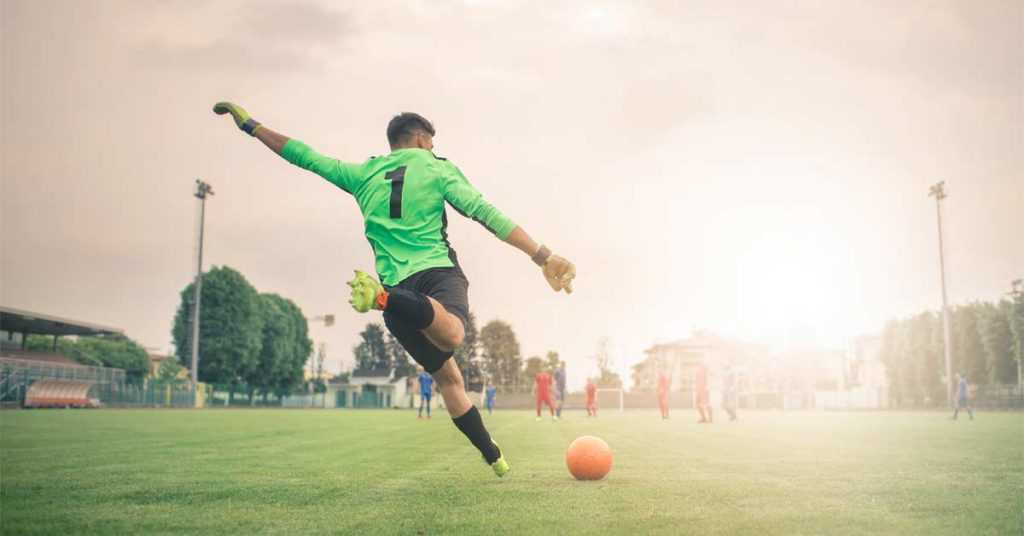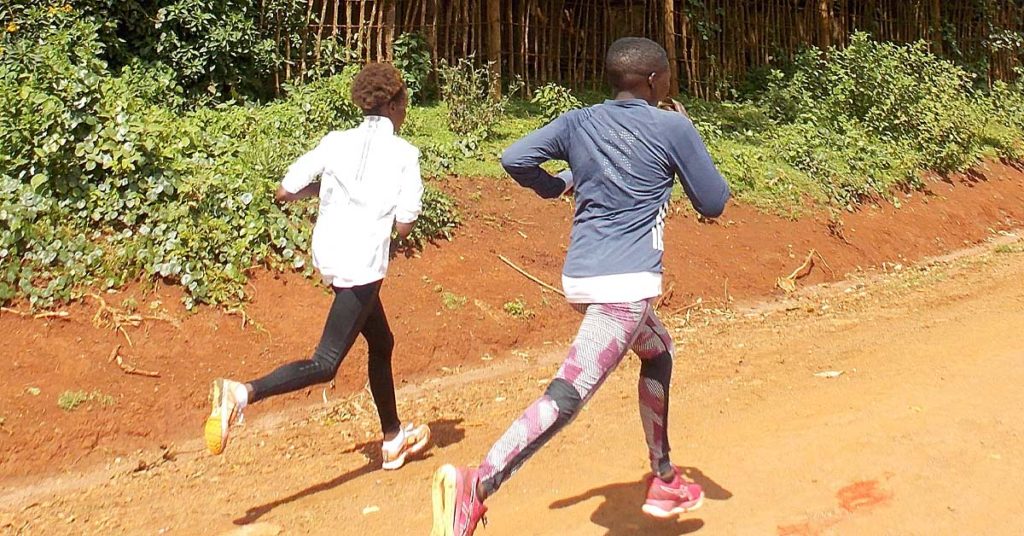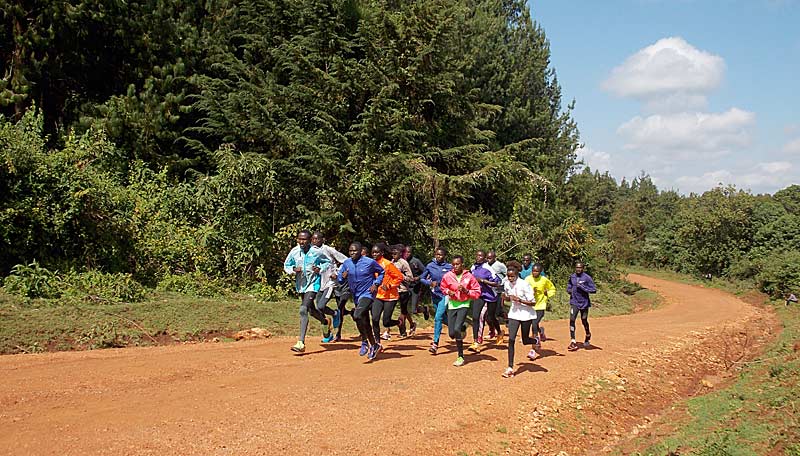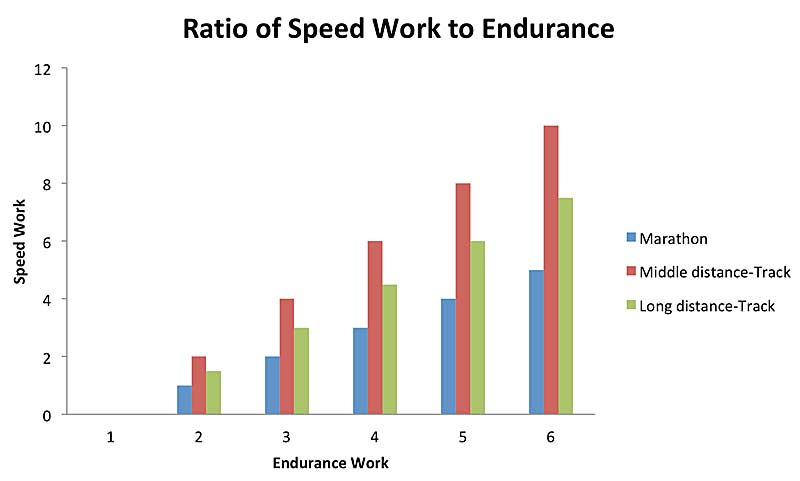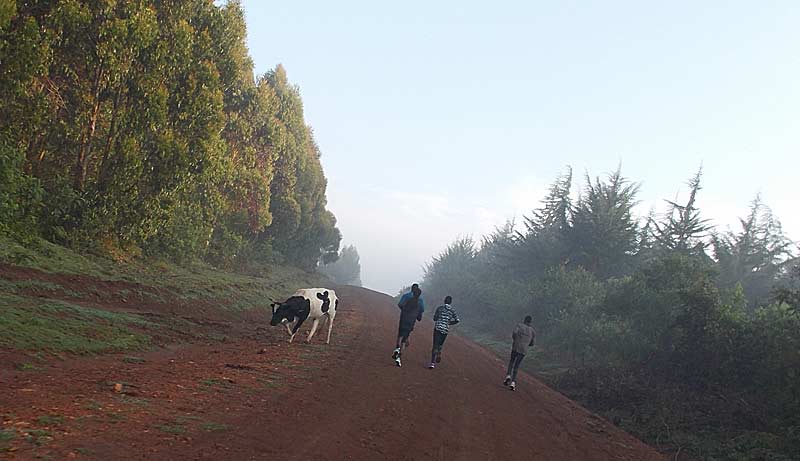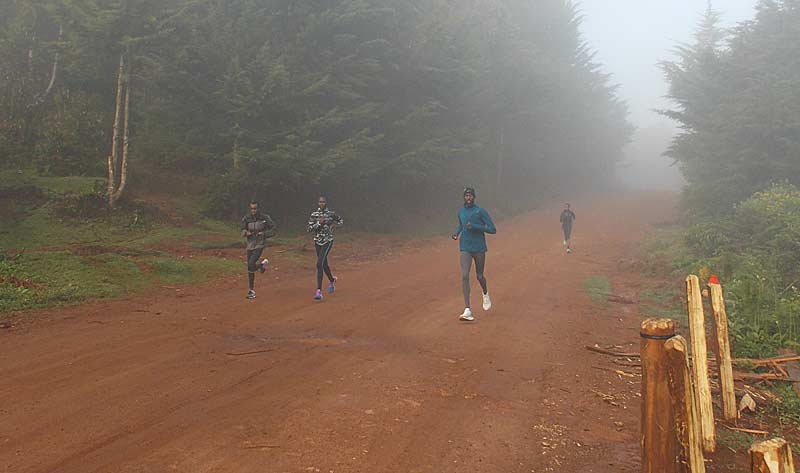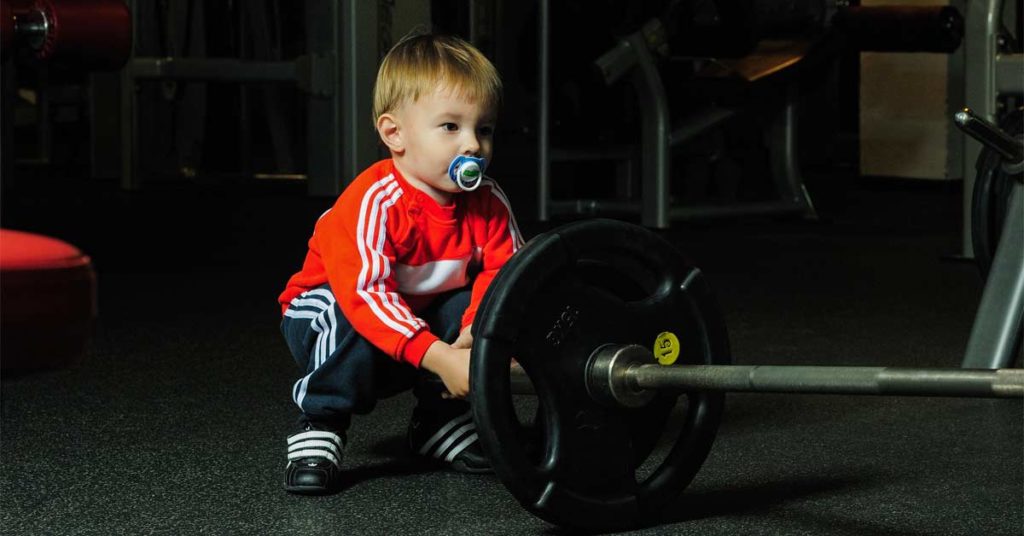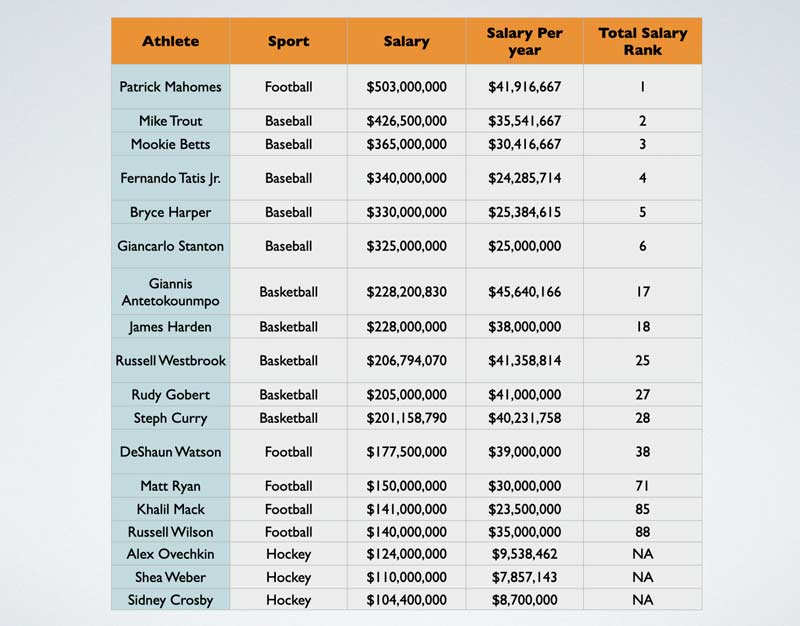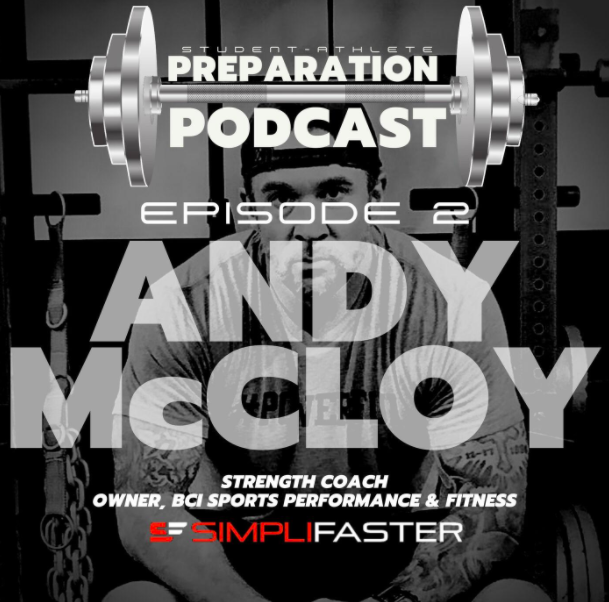
Cody sits down with Andy McCloy, a local legend and private sector sports performance business owner. Andy has a reputation for delivering high level training programs and systems for youth, collegiate, and professional athletes. He has trained NFL athletes Jordan Matthews (Vanderbilt, Eagles), Reggie Ragland (Alabama, Washington), and Jerraud Powers (Auburn, Arizona Cardinals).
Andy gives insight into the relationships between private sector gyms/trainers and high school coaches. He dives into the unique and detailed intake and delivery processes for every athlete at his gym, BCI. Cody and Andy dive into their personal experiences and the interdependence between personal and professional success.
Connect with Andy and Cody:
Andy’s Media:
IG: andymccloy_bci
Sports Performance Facebook Group: Small Giants
Cody’s Media:
Twitter: clh_strength
IG: clh_strength


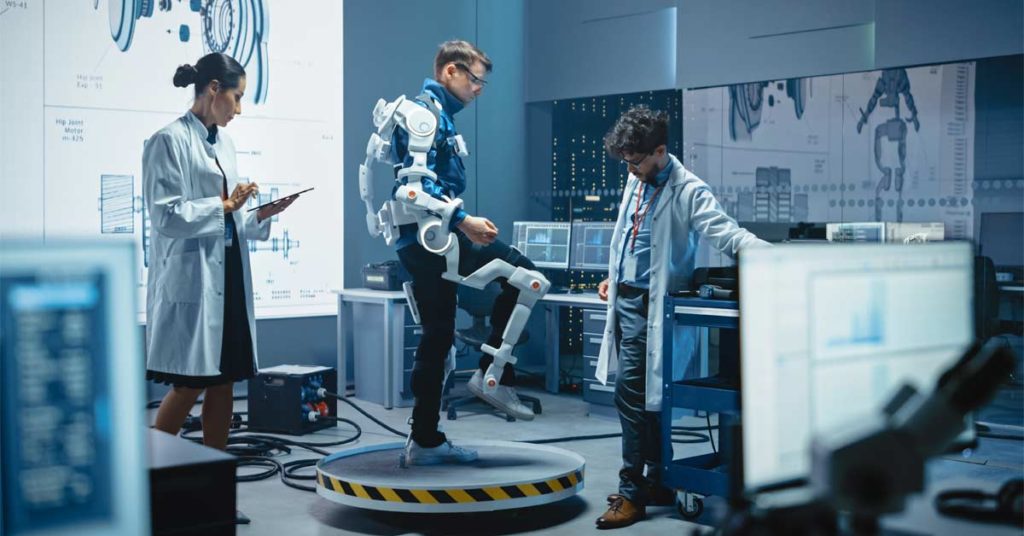

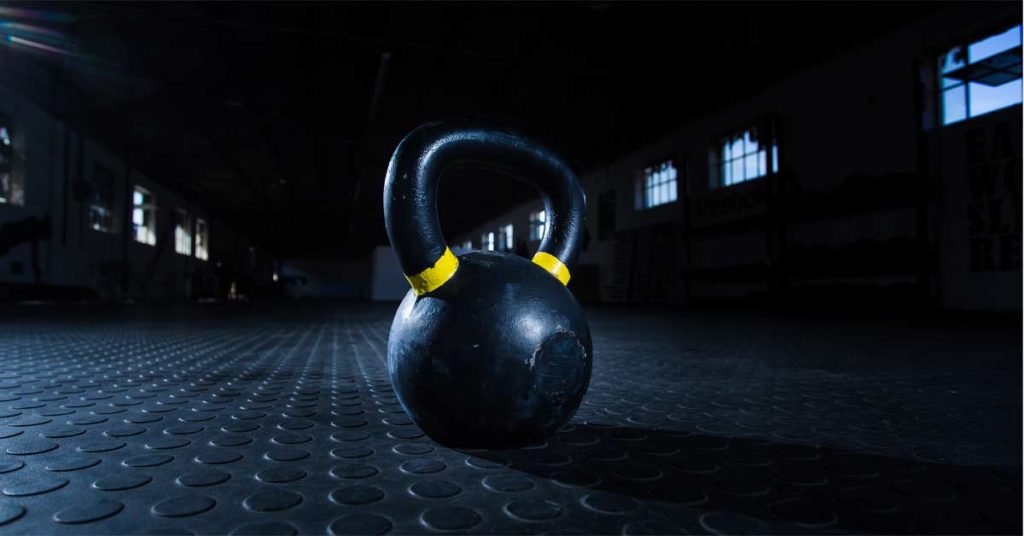

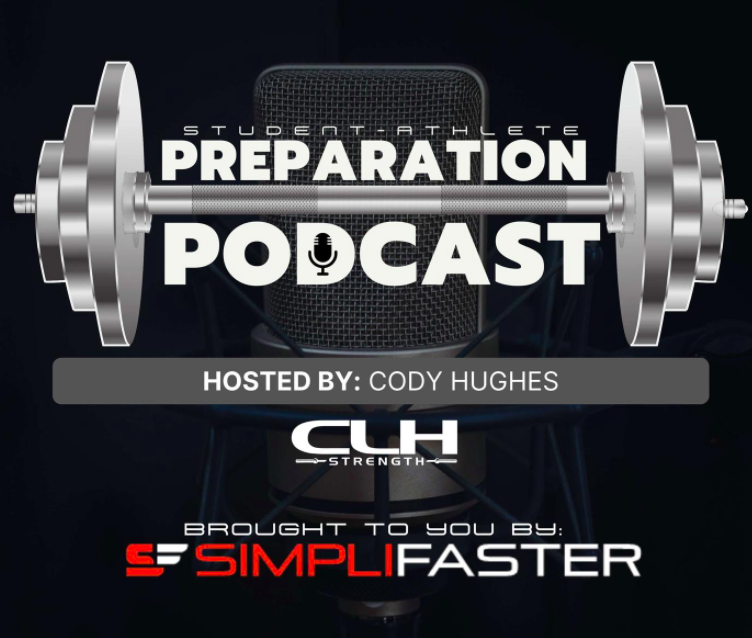

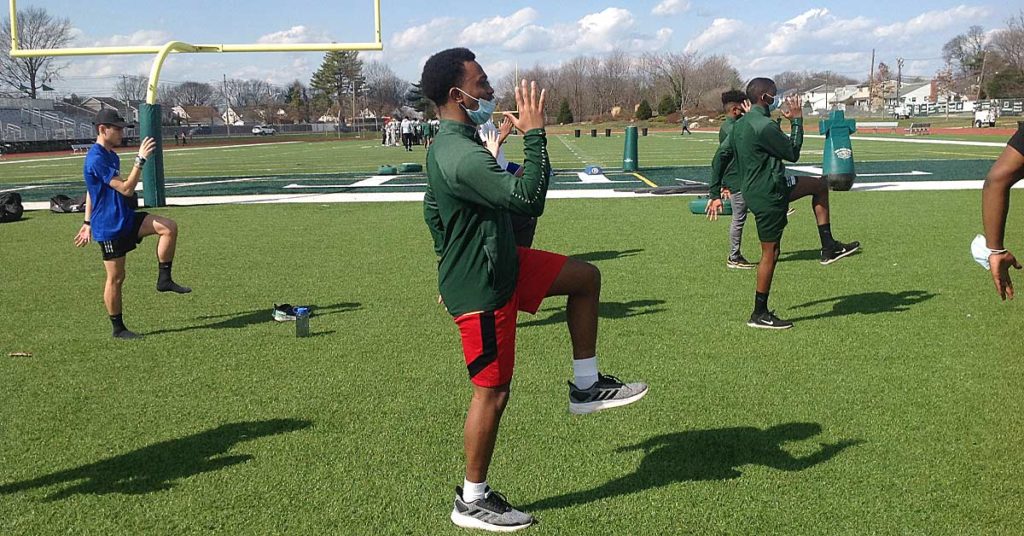

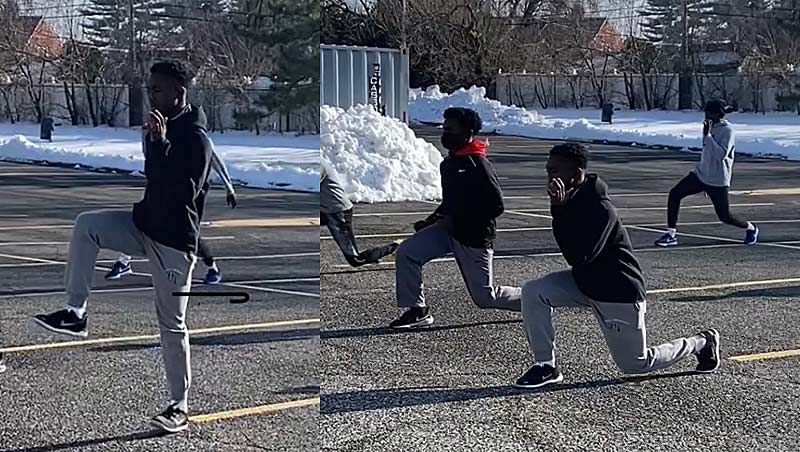
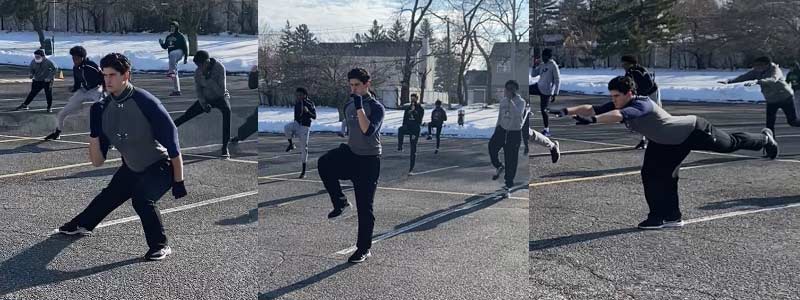
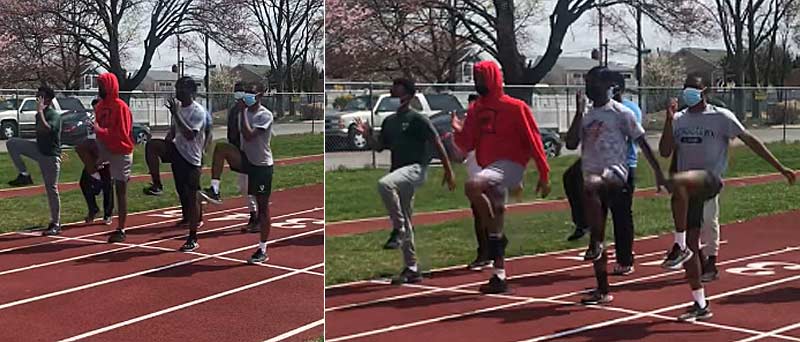
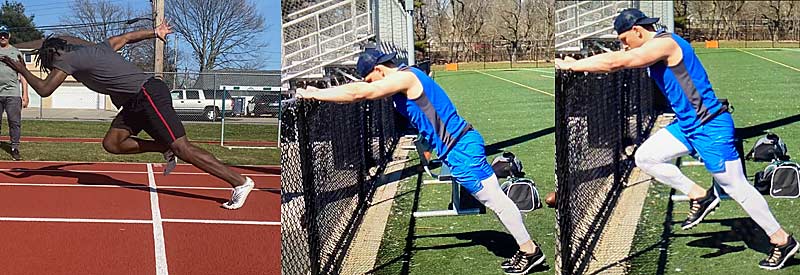

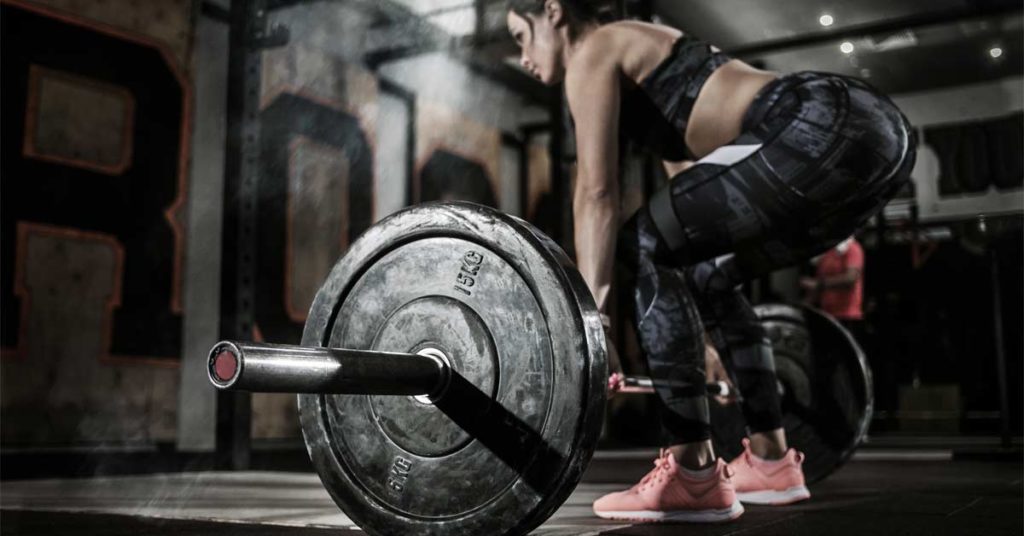
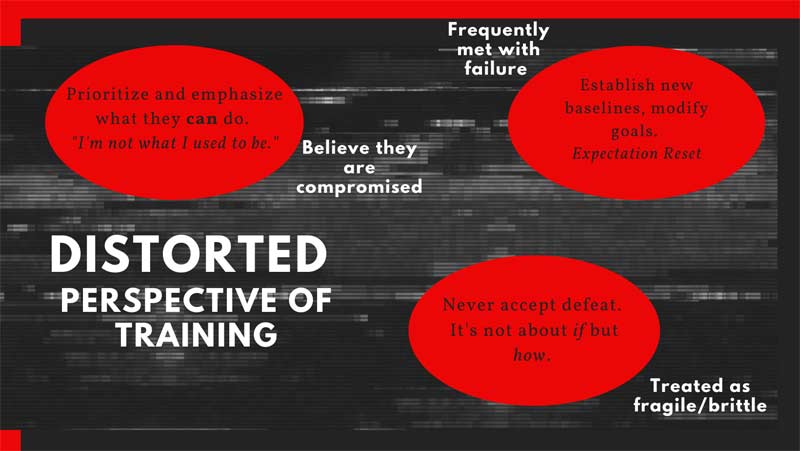


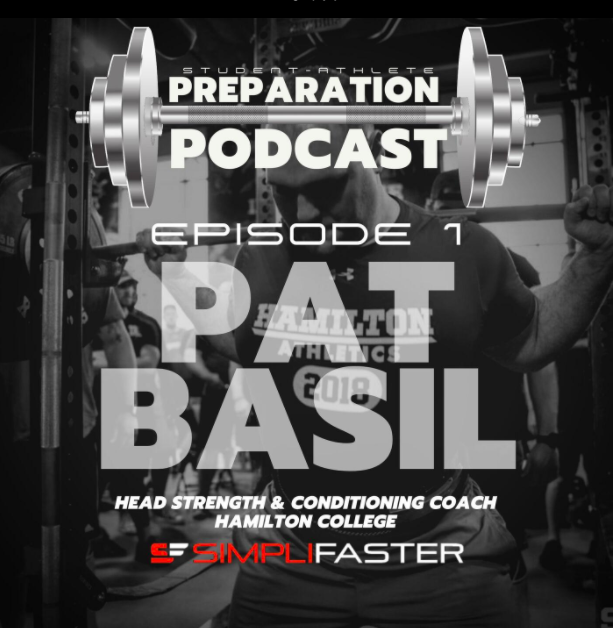

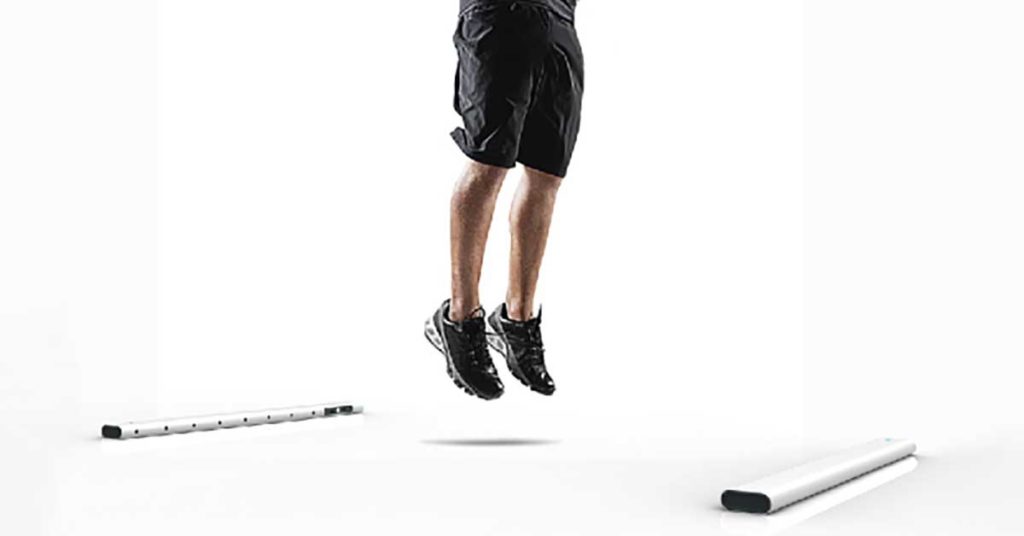
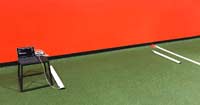 In this article, Carl Valle covers the essential needs for setting up and operating a MuscleLab contact grid, including software and hardware installation. As one of the technology’s biggest proponents, Coach Valle shares fundamental recommendations on best practices, including testing and training with the system. Regardless of whether you are an advanced user or simply just interested in how the product works, this is a good primer for everyone.
In this article, Carl Valle covers the essential needs for setting up and operating a MuscleLab contact grid, including software and hardware installation. As one of the technology’s biggest proponents, Coach Valle shares fundamental recommendations on best practices, including testing and training with the system. Regardless of whether you are an advanced user or simply just interested in how the product works, this is a good primer for everyone.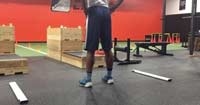 The contact mat and grid market is wide, ranging from simple mats all the way to sophisticated runways.
The contact mat and grid market is wide, ranging from simple mats all the way to sophisticated runways. 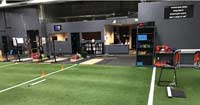 Another Carl Valle article,
Another Carl Valle article, 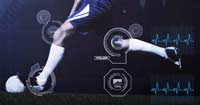 Ryan Denton is a high school coach who shares his story of using the contact grid before expanding further with additional sensors for speed testing. Included
Ryan Denton is a high school coach who shares his story of using the contact grid before expanding further with additional sensors for speed testing. Included 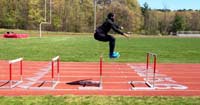 One of the most popular ways to use the contact grid is to help guide spacings and heights when jumping over hurdles. This article includes videos on what is considered a properly executed jump and what to do in order to measure ground contact times and flight times properly. Regardless if you are already using the contact grid now or curious about using it later for jump training, this article is one of the most in-depth resources on hurdle jumps available.
One of the most popular ways to use the contact grid is to help guide spacings and heights when jumping over hurdles. This article includes videos on what is considered a properly executed jump and what to do in order to measure ground contact times and flight times properly. Regardless if you are already using the contact grid now or curious about using it later for jump training, this article is one of the most in-depth resources on hurdle jumps available.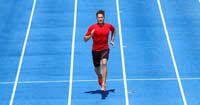 Rob Assise, a jumps coach in track and field, shares a whopping 15 ways to use the contact grid in this article. Not only does Coach Assise include the different exercises but also the details of creating the measurement on the MuscleLab software. If you are on the fence about whether you should invest into the MuscleLab contact grid,
Rob Assise, a jumps coach in track and field, shares a whopping 15 ways to use the contact grid in this article. Not only does Coach Assise include the different exercises but also the details of creating the measurement on the MuscleLab software. If you are on the fence about whether you should invest into the MuscleLab contact grid, 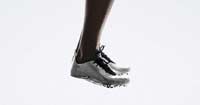 The Reactive Strength Index, or RSI for short, is one of the most favored jump tests in sports performance. While it’s easy to perform, this article shows a modification of the test that can improve both its validity and accuracy while making it easier to administer. It doesn’t matter if you are an elite coach needing a scientific solution for measuring elasticity or a new coach wanting to get started, this article is for you.
The Reactive Strength Index, or RSI for short, is one of the most favored jump tests in sports performance. While it’s easy to perform, this article shows a modification of the test that can improve both its validity and accuracy while making it easier to administer. It doesn’t matter if you are an elite coach needing a scientific solution for measuring elasticity or a new coach wanting to get started, this article is for you.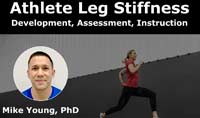 Mike Young, a leading expert in performance, covers the necessary ways to train stiffness in his breakthrough video course. Dr. Young, who is a new user to MuscleLab, outlines a scientific and practical way to train plyometrics with the contact grid. If you are serious about training and want to learn, or if you are a user of the contact grid and want better direction in training,
Mike Young, a leading expert in performance, covers the necessary ways to train stiffness in his breakthrough video course. Dr. Young, who is a new user to MuscleLab, outlines a scientific and practical way to train plyometrics with the contact grid. If you are serious about training and want to learn, or if you are a user of the contact grid and want better direction in training, 
